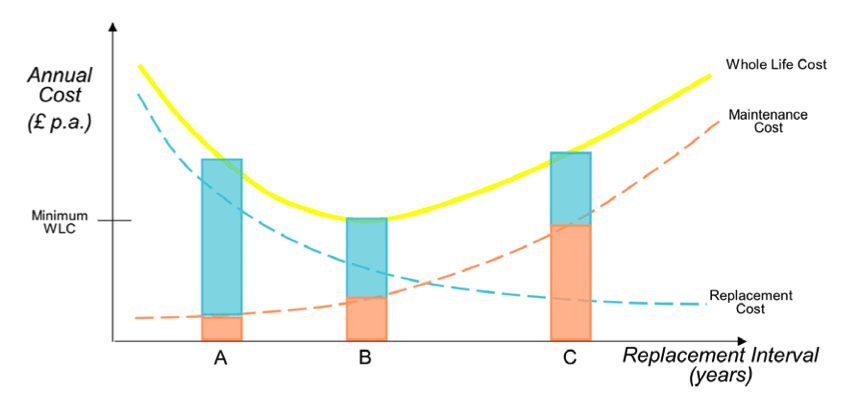Gish’s venture philanthropic approach combines research-based fundamental market analysis with rigorous evaluation of real estate property-specific variables and equity forecasts to enable him to select assets that meet stringent Environmental, Social, and Governance (ESG) criteria and enhanced risk adjusted returns.
Gish’s asset classes can be bifurcated into 1) Real Estate Contributions, and 2) Equity Contributions.
Real Estate Contributions

As part of a community, residential buildings serve a social function, being used by people who expect quality, efficient living environments. One only has to consider the redevelopment of derelict areas, disused buildings, the rehabilitation or extension of urban green spaces, public spaces or sustainable mobility to see the synergistic positive effect on local property values, crime rate, and social health. The focus of such projects is not only on the social impact, but also on the environmental and economic impact of an entire community and its well-being.
Gish targets ESG-friendly real estate opportunities where the acquisition basis and risk mitigation ensure preservation of capital to capture and unlock long-term value. This unique approach to acquire properties that meet and exceed strict criteria where the balance between risk and reward is weighted delivers exceptional returns with a minimal level of risk.
Gish also pursues opportunistic real estate classes on a situation specific basis. Such contributions typically require intensive management of operations, extensive capital contributions, and full repositioning of tenancies, collectively which offer exceptional returns over a shorter period.
With every real estate transaction, Gish performs extensive due diligence and applies strict underwriting standards with an emphasis on conservatism. By using this methodical step-by-step approach to unlock value, he ensures that the objectives of prudent analysis are met in adherence to the highest standards of ESG integrity and performance.
Gish believes that significance of real estate as the superlative asset class rests on the following sound principles:
- Diversification – Real estate’s historically low correlation to other asset classes may help diversify a portfolio, lower risk, and increase overall return.
- Capital Stability – Since real estate does not trade on an exchange, prices do not fluctuate daily.
- Potential Capital Preservation – Although real estate is not immune to shifts in the economic cycles, it is a hard asset that has historically retained its intrinsic value.
- Potential Inflation Hedge – Inflation can act as a hidden tax that erodes purchasing power and cancels out best practices of due diligence, but stakeholders widely consider real estate an asset class that can help offset the impact of inflation over the long term.
- Stronger Balance Sheet: Real estate can be collateralized into debt restructures of larger projects, strengthening the integrity of organizational balance sheets for an appropriate mix of debt, hybrids and equity with sufficient liquidity.
- Accessibility to diversified funding sources: Optimize cost of debt and financing and utilize interest rate and foreign exchange hedging strategies where appropriate.
Research-backed approach to equity selection
Equity selection entails a top-down comprehensive analysis including a number of criteria covering diverse fundamental trends over a seven-year period. Once this top-down comprehensive data analysis yields potential equities, the bottom-up strategy process focuses on the refinement of the data using ESG matrix for portfolio optimization. For this part of the process, Gish developed a proprietary system which optimizes the selection through monitoring key asset and market risks and identifying “outliers.”
The tools include the following:
- An enhanced property risk matrix across three broad categories, encapsulating eight-risk factors, that provides a framework to assess existing fundamentals, future growth, and potential divestments. The matrix factors are market capitalization, market sector, market location, market penetration, company management, competitor growth, economic climate, and ESG compliance. The matrix visualizes how the identified asset enhances or detracts from the existing portfolio risk-return profile and lays out the assessed risks in a standardized framework to consider against the projected returns; and
- A dynamic portfolio optimization tool that provides a real-time measure of overall risk and return via producing an “ESG frontier curve.” The tool maps out a dynamic efficient frontier of the vested universe, based on evaluation of expected returns and an assessment of the overall risk profile Typical matrix analysis across other emerging asset classes.

